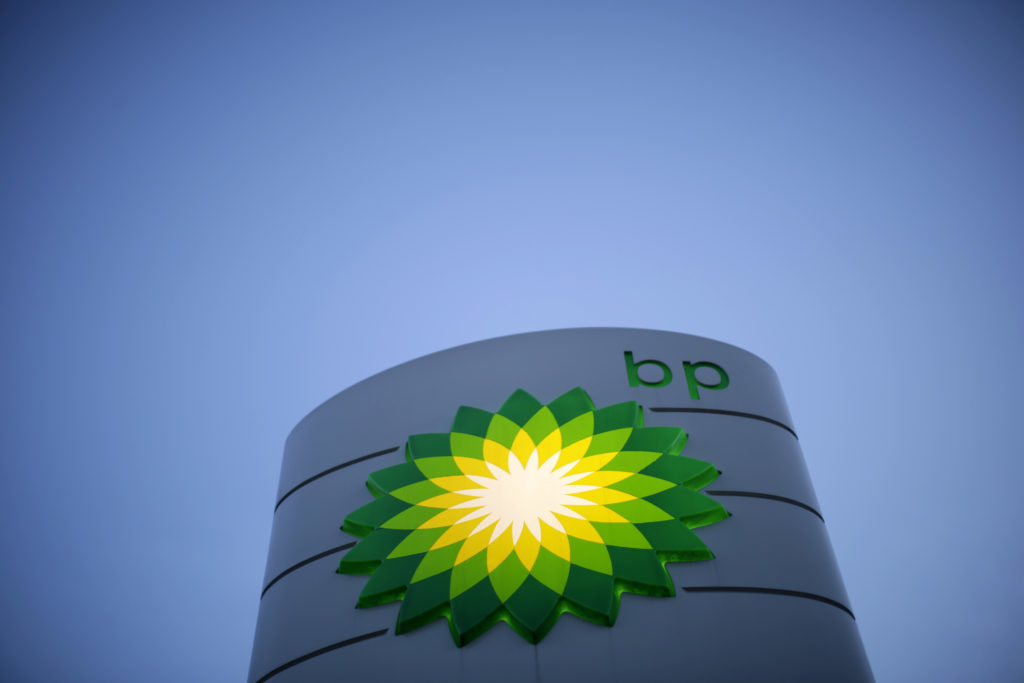
Dutch activist investor Follow This filed a climate resolution for BP Plc’s annual general meeting, having received support from the oil giant earlier this year. But the two parties were ultimately unable to agree on the final details in order to put forward the resolution together.
The resolution asks the London-based company to set and publish targets that are consistent with the goals of the 2015 Paris Agreement on climate change, which is aimed at keeping global warming since pre-industrial times “well below” 2 degrees Celsius, with a wider aim of containing it further to 1.5 degrees.
European oil majors have increasingly succumbed to investor, societal and governmental pressure to take responsibility for their carbon emissions, including those produced by their customers. The continent’s largest energy companies, including BP, this year published targets to slash emissions over the next three decades.
“BP was the first oil and gas company that accepted the support and asked Follow This for help in getting a shareholders’ mandate to drive the energy transition,” said Follow This founder Mark van Baal. “This climate resolution can deliver that mandate. We hope Shell and Equinor will also see the imperative of a shareholders’ mandate.”
In March, BP and Follow This announced they would team up to draft a climate resolution, marking a reversal from last year when the oil major said it would not support a motion by the group asking it to set clear targets on emissions. The new resolution has taken BP’s input into account within “boundaries specified by the Paris climate agreement,” Van Baal said.
“We have indeed engaged with Follow This to see if we could agree a potential resolution for our 2021 AGM that would enable shareholders to show their support for BP’s net-zero ambition,” a BP spokesman said. “We appreciated this engagement and found it constructive, but we were unable to agree the wording of a potential joint resolution.”
The group is asking BP to set short, medium and long-term targets covering Scope 1, 2 and 3 — that is, emissions produced from its own operations and from the use of its products by customers.
Curtailing Output
BP Chief Executive Officer Bernard Looney pledged in February to cut the bulk of the firm’s emissions and those of its customers by 2050. The company later said it would shrink its oil and gas output by 40% by the end of the decade. But the reduction doesn’t include non-operated production, nor its 20% stake in Russian oil giant Rosneft PJSC.
Van Baal has been a thorn in oil majors’ side since he began filing climate resolutions, first with Royal Dutch Shell Plc in 2016 and later with others such as BP and Equinor ASA. The Dutch group has had less traction in the U.S., where the Securities and Exchange Commission has so far ruled against resolutions asking Exxon Mobil Corp. and Chevron Corp. to vote on emission strategies.
BP said it has received the proposed resolution, will verify it meets “appropriate criteria” and that “the board will fully consider it before responding.”
Follow This expects BP to publish its response to the resolution in April, ahead of the AGM scheduled for May 12.